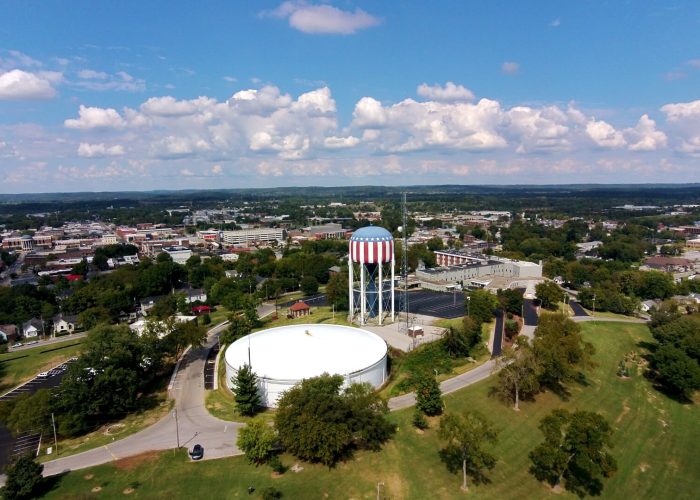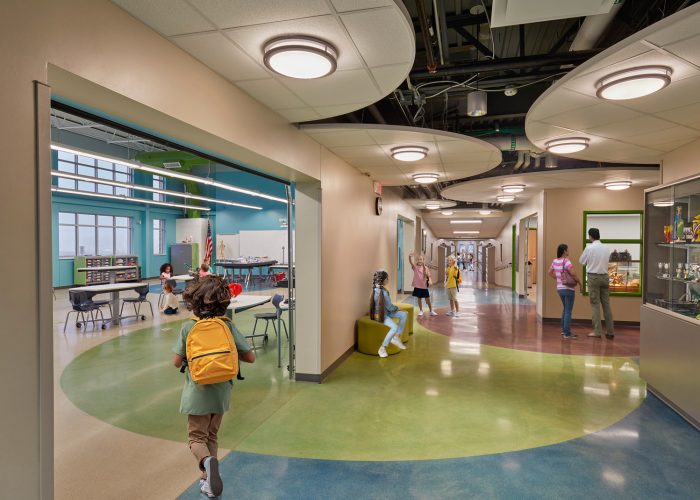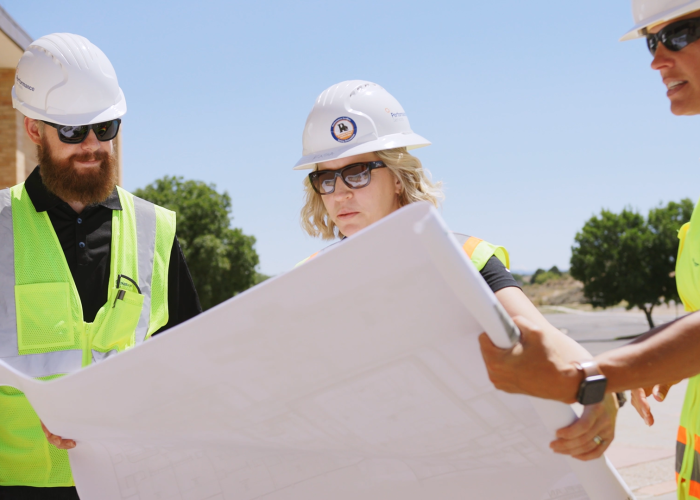The public utility sector will lose 25% of its workers to retirement over the next decade. Is your utility prepared?
Public utilities have seen a “tsunami” coming for decades with retirements as baby boomers age, and some retire early. It is estimated that about 25% of the U.S. labor force is expected to be 55 years of age or older by 2030, presenting new challenges for public utilities as they lose valuable experience, knowledge, and expertise. The COVID-19 pandemic also exacerbated employee retention, and the U.S. is experiencing an unprecedented workforce shift. This shift was identified in the AWWA’s 2025 State of the Water Industry report—moving the aging workforce up the list of critical issues.
With growing awareness of the aging workforce, some public utilities have started, are in the process, or have completed identifying and documenting the location, shape, and attributes of geographic features of their public utility systems—known as GIS shapefiles—to safeguard against the knowledge loss from retiring staff. While this action is a positive step forward, utilities should also prioritize the training of the next generation to keep those systems functioning. But unfortunately, persuading the next generation to assume these key roles has proven difficult, and many utilities don’t have a defined succession plan. With labor capacity becoming increasingly challenging, utilities are looking at new technology to improve operational efficiencies. New systems can’t prevent knowledge loss, but they can help utilities streamline processes to reduce labor needs and generate revenue.
How Can Utilities Leverage Technology and Innovation?
Utilities can adopt several innovative solutions to improve processes and create operational efficiencies. New systems can alleviate the strain utility staff face as they confront knowledge loss from an aging workforce and also help attract the next generation of tech-savvy young professionals.
- Implementing Smart Water Meters and AMI: Smart metering is a simple first step to begin upgrading water technology. Smart water meters can save labor, as staff no longer read meters manually. Their pinpoint accuracy also reduces unbilled water loss—thus generating more revenue for the utility.
- Distribution side pressure monitoring: Pressure monitoring can help reduce energy costs, system maintenance and reduce leak losses. The data can also improve pump management, helping to reduce power use.
- Distribution side leak detection: A leak detection system monitors the flow of water through a pipeline. When abnormal behavior is detected, staff can rapidly respond to the cause of this anomaly, thus reducing the amount of real loss. The leak detection also can provide enough data to prioritize leak repairs based on several economic factors. Thus, reducing work load on an already strained labor force.
- SCADA: Supervisory control and data acquisition (SCADA) software allows utility staff to control and monitor processes locally and at remote locations. Meaning that less staff is required due to automation. Additionally, with real-time data reporting, faster decisions can be made to alleviate potential issues.
- I&I System monitoring: Similar to leak detection and pressure monitoring on the water distribution system, technology can be implemented to better monitor inflow and infiltration (I&I) to ensure the amount of stormwater and groundwater entering the wastewater system does not exceed its capacity, causing issues. For example, they can help detect potential pipe failures due to infiltration from erosion.
Implementing one or all of these technologies can provide public utilities with a complete way to remotely monitor their systems, saving work hours and minimizing unexpected emergencies.
Next Steps
Now more than ever, it’s time to address the issues and reframe them as opportunities to make significant strides with technology-based innovation. If you’re interested in learning more about how water and wastewater solutions will improve the efficiency of your water utility, contact us to start a conversation. We’ll work with your water utility to identify smart, budget-neutral solutions.





